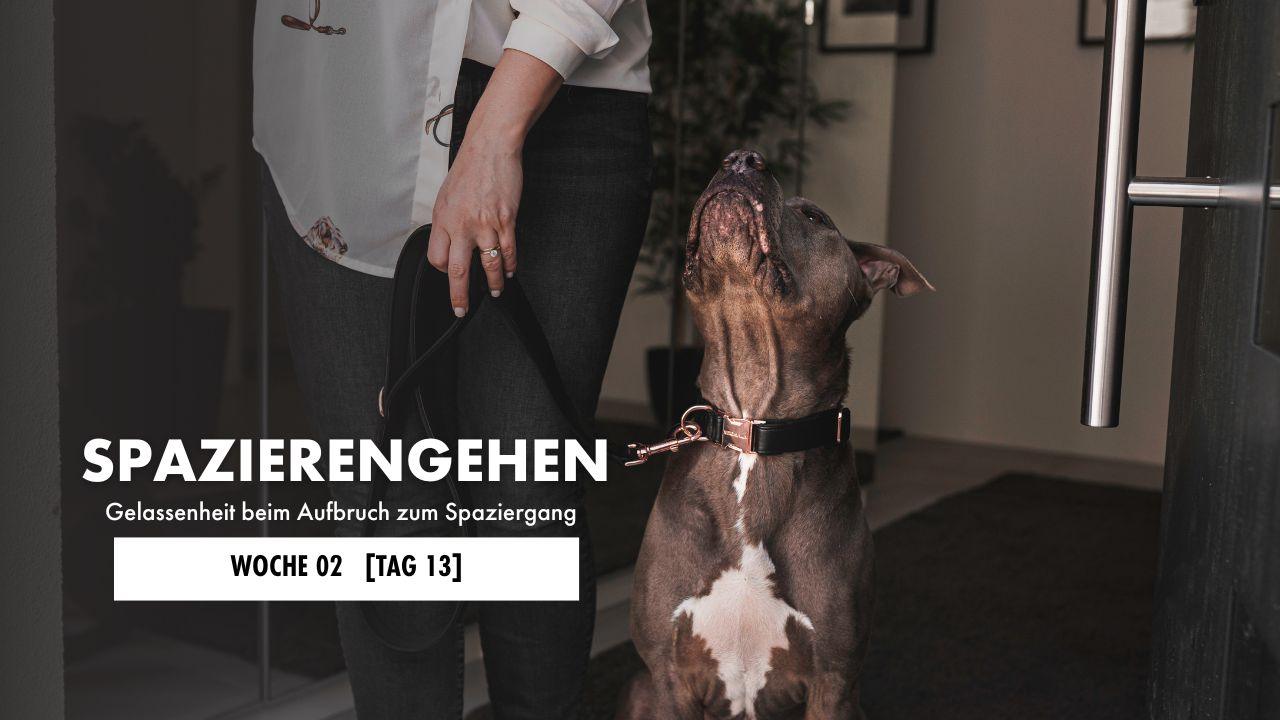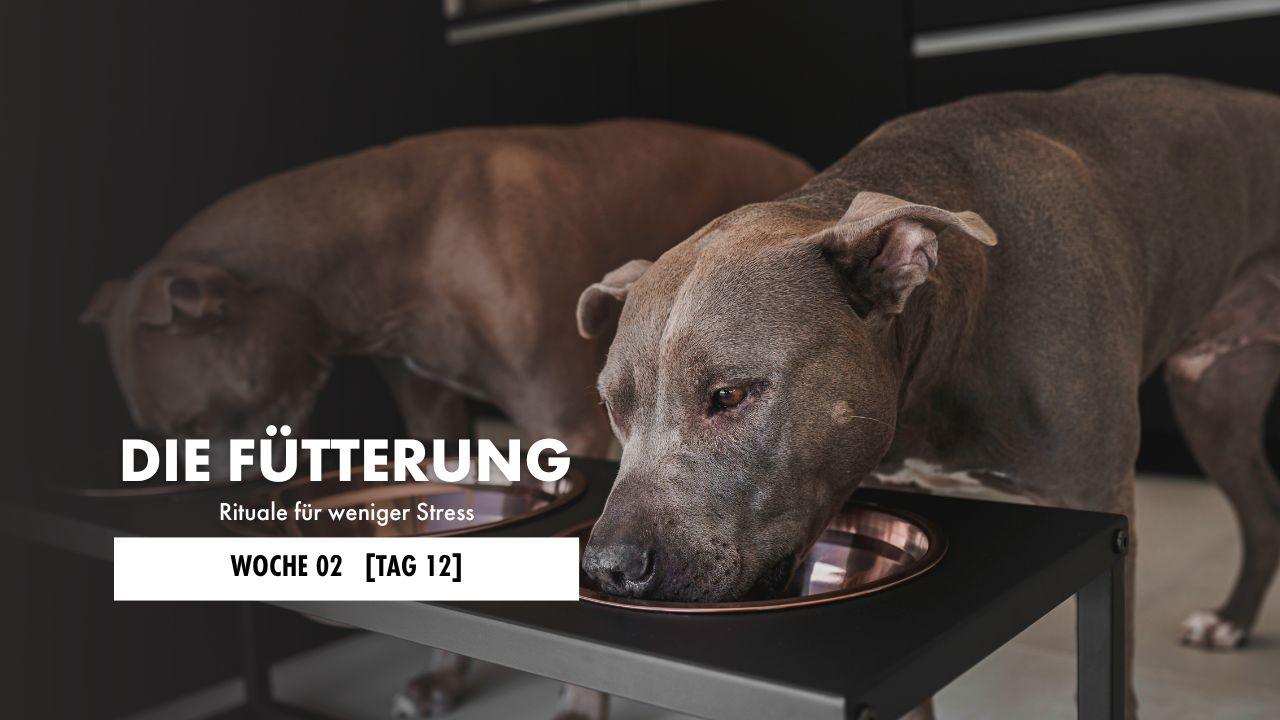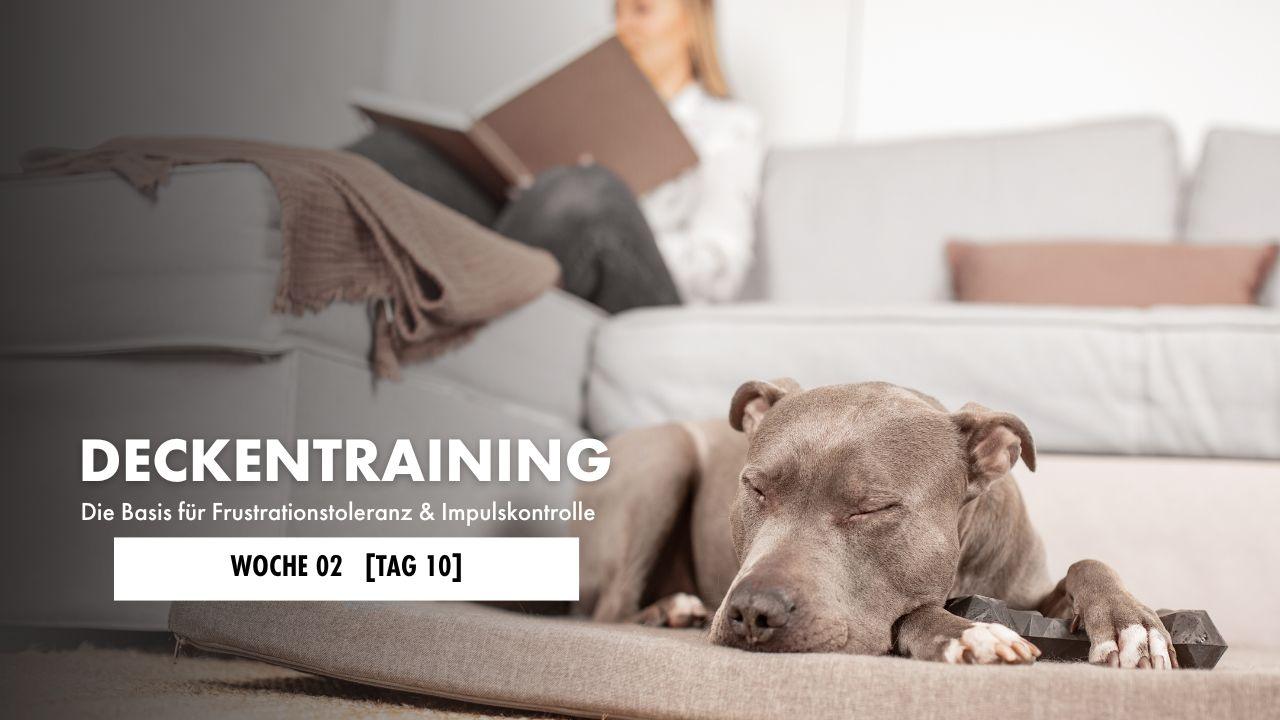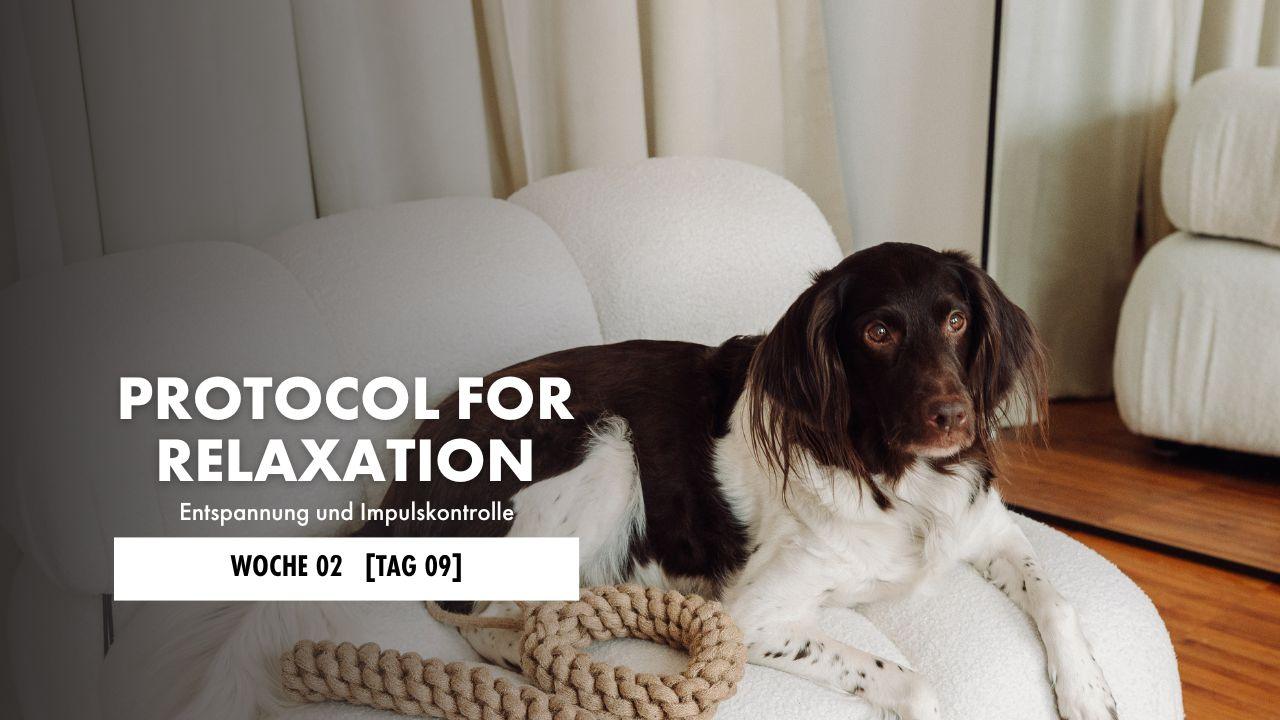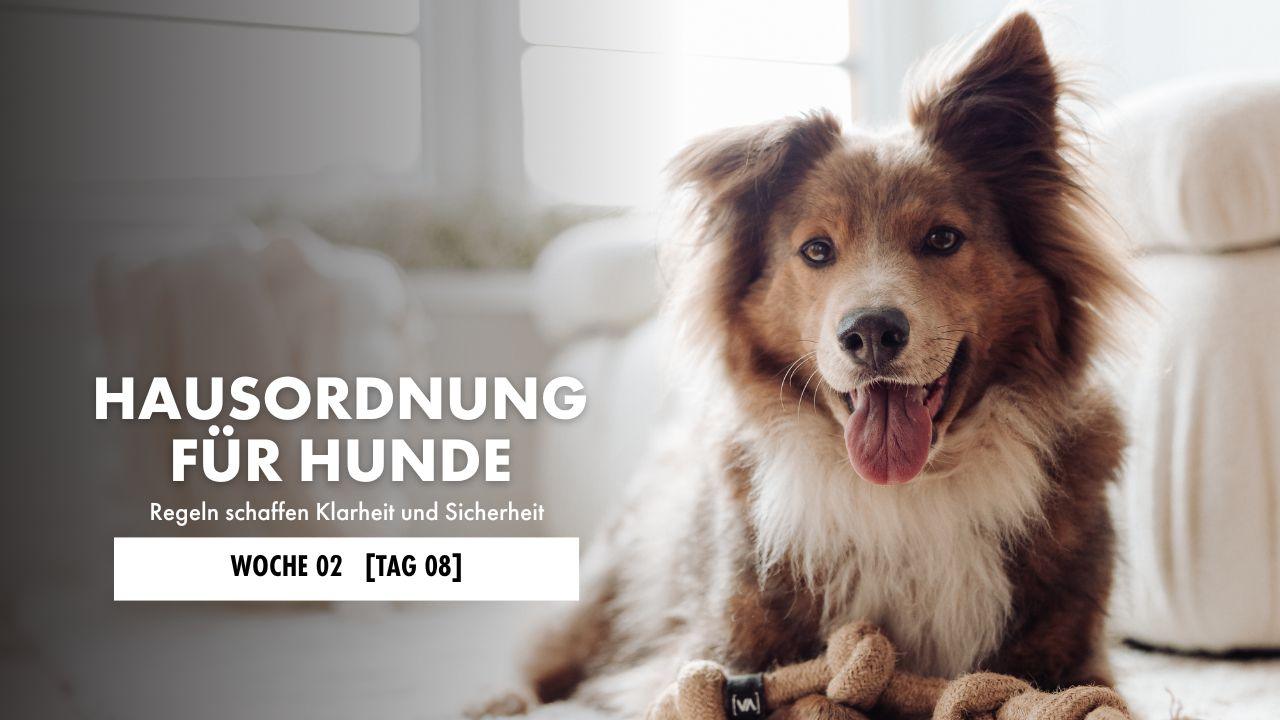[Day 14] Visiting - How to manage your dog's territorial behaviour
Dogs see their home as their territory and visitors can often be perceived as a threat. This often leads to agitated or aggressive behaviour. In this blog, we explain how you can use management techniques to control territorial behaviour and show your dog that visitors are not a threat. With clear strategies, such as preparation and the use of reorientation, we help you to create stress-free visitor situations. Includes a free training plan!
[Day 13] Going for a walk - creating serenity when setting out for a walk
Going for a walk is one of the most exciting activities for your dog. Many dog people unintentionally encourage this excitement by over-motivating the dog to go outside. However, this can lead to unnecessary stress and nervousness. In this blog, we explain how you can give your dog more calmness and composure through clear rituals when setting off for a walk to enable stress-free walking. Including a free training plan!
[Day 12] Feeding - rituals for stress-free and healthy Eat
Feeding is more than just providing your dog with food - it's a ritual that brings calm and structure to your dog's everyday life. In this blog, we explain why rituals are so important for your dog's well-being and how you can organise a safe, relaxed feeding session. You will learn how to avoid food aggression, build impulse control and show your dog that Eat is not just about survival, but also about trust and safety. With a free training plan for controlled feeding!
[Day 10] Deck training - The basis for frustration tolerance and impulse control
Ceiling training is an essential exercise in dog training that teaches your dog to relax and accept spatial boundaries. This training improves your dog's frustration tolerance and impulse control - both important skills for everyday life. In this blog, we explain how blanket training works and why it forms the basis for many other training situations, such as receiving visitors or recall. Including a free training plan!
[Day 09] The Protocol for Relaxation - Relaxation and impulse control for your dog
The Protocol for Relaxation, developed by Dr Karen Overall, is a method for teaching dogs relaxation and impulse control. It forms the basis for many other training situations, such as receiving visitors, staying calm in the face of distractions or coming down in stressful moments. In this blog, we explain how to implement the Protocol for Relaxation step by step and help your dog to develop more balanced behaviour. Including a free training plan!
[Day 08] House rules for dogs - rules create clarity and security when living together
The house rules form the basis for a structured life together with your dog. It ensures that your dog has clear roles and tasks, which gives him security and makes everyday life easier for you. In this blog, we explain why it is important to consistently adhere to rules in the house and how to set up the training correctly. We give you a plan on how to define taboo zones, the core territory and quiet rooms to provide your dog with optimum support. With a free training plan for implementation!



